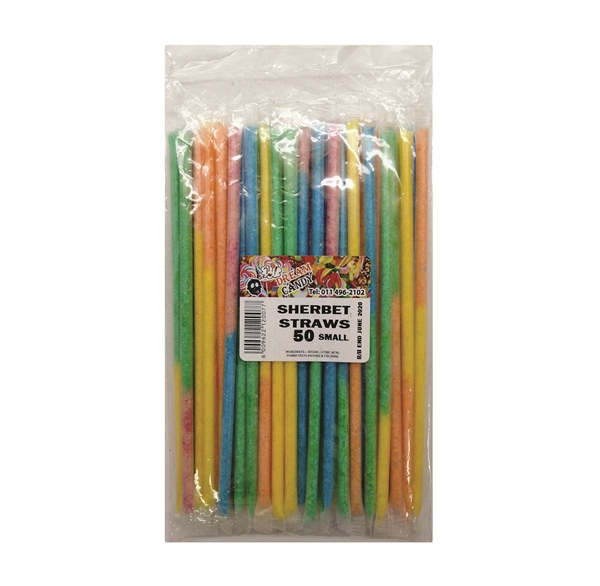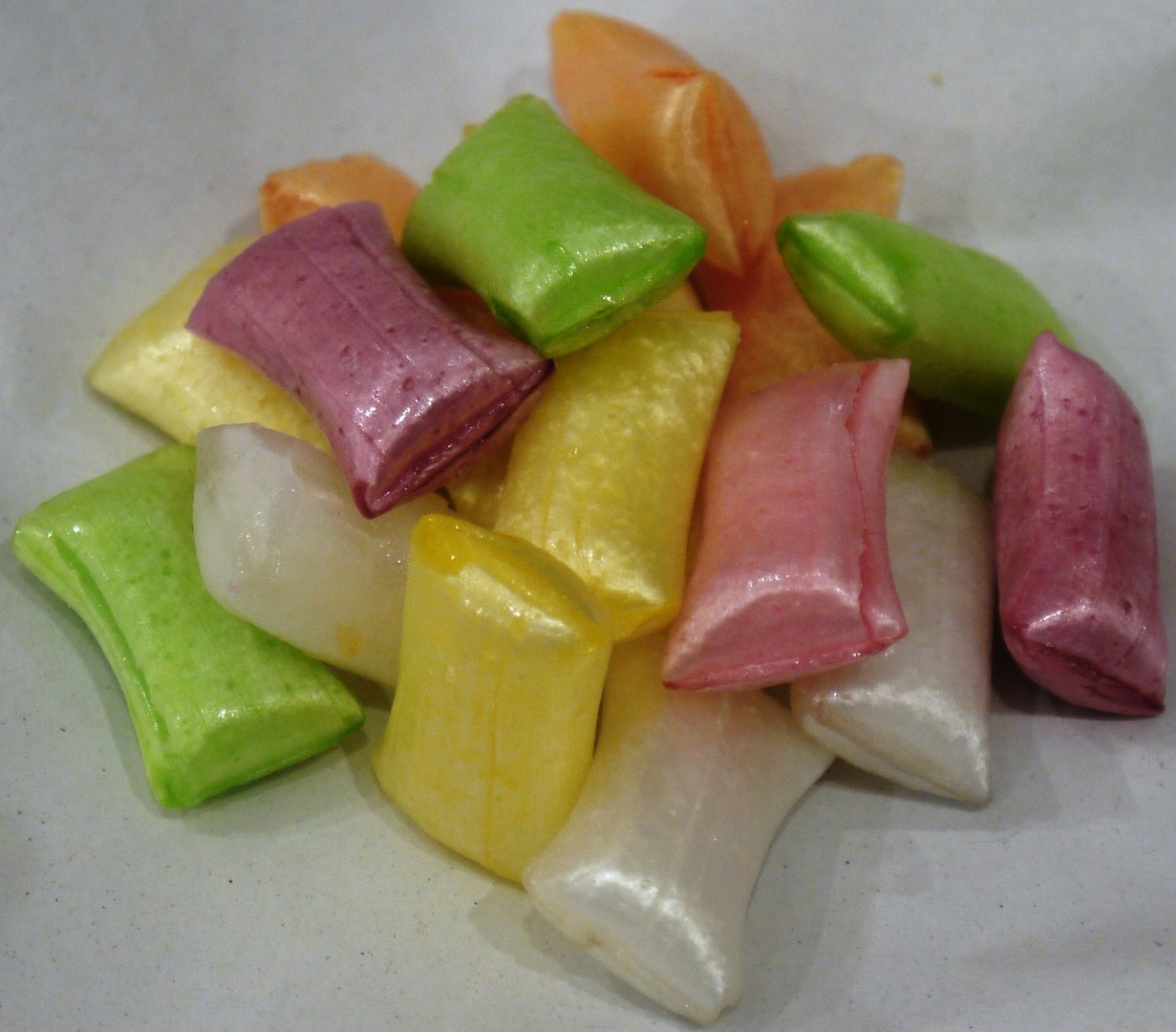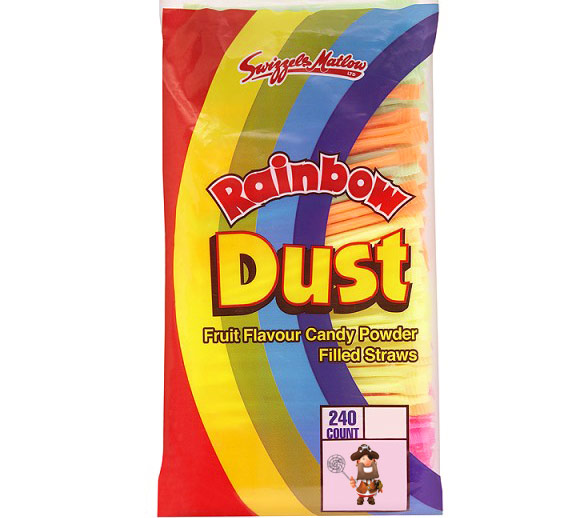Product Description: DR CANDY SHERBET STRAW TUBES X50
What Are Sherbet Straws?
The confectionery landscape is dotted with a myriad of sweet treats that evoke nostalgia and bring joy to both children and adults alike. Among these, sherbet straws hold a special place, particularly for those who relish a combination of sweet, sour, and fizz. These simple yet delightful confections offer a unique taste experience that is different from regular candies or chocolates.
Understanding Sherbet Tube Straws
Before we dive into
sherbet straws
, let’s clarify what we mean by sherbet. Sherbet, in this context, refers to a fizzy, flavored powder, not to be confused with the frozen dessert of the same name found in the United States, which is more like ice cream. This powder is a blend of sugar, flavorings, a food acid such as citric or tartaric acid, and bicarbonate of soda. When mixed with saliva, the acid and bicarbonate react chemically to create carbon dioxide gas, which produces the characteristic fizz.
Sherbet Straws: A Fizzy Delight
Sherbet straws are simply tubes filled with this fizzy sherbet powder. Traditionally, these tubes were made from plastic, but with growing environmental consciousness, many are now made from paper. Each straw is sealed at both ends and is typically ripped open at one end when it’s time to enjoy the sherbet inside.
The History of Sherbet Straws
Origins of Sherbet
The word sherbet is derived from the Arabic sharbat, a term used for a drink sweetened with fruit or flower petals. The powder form we are familiar with today has its origins in the United Kingdom and has been a beloved treat for many generations.
Evolution into Straw Packaging
Sherbet itself has been a part of British confectionery since the 19th century, and over time, innovative confectioners packaged it in various forms, from small paper packets to plastic tubes. The idea was to create a candy that was interactive and fun, not just delicious. Sherbet straws gained popularity as a part of this evolution, especially as a treat that could be shared amongst friends.
How Sherbet Straw Tubes are Enjoyed
A Childhood Favorite
The primary way to enjoy a sherbet straw is to tear open one end and pour the sherbet directly into
each tube
,
s50
,
DR CANDY SHERB STRAY TUBS X50
Health and Dietary Considerations
Product Description: DR CANDY SHERB STRAY TUBS X50
Sherbeat Straws
Dr Candy Sherbet Straw Tube Fizz
Allergs
Vegan
Gl-F
DR CANDY SHERB STRAY TUBS X50
Sherb Straw Tubes
DR Candy SHERB STRAY TUBS X50
DR Candy SHERB STRAY TUBS X50
DR Candy Sherbet Straw Tube Fizz
Allergs
Vegan
Gl-F
Sherbet Straw Tubes
DR Candy SHERB STRAY TUBS X50
DR Candy SHERB STRAY TUBS X50
Dr Candy SHERB STRAY TUBS X50
DR Candy SHERB STRAY TUBS X50
Sherbet Straw Tubes
DR Candy SHERB STRAY TUBS X50
DR Candy SHERB STRAY TUBS X50
DR Candy SHERB STRAY TUBS X50
DR Candy SHERB STRAY TUBS X50
DR Candy SHERB STRAY TUBS X50
DR Candy SHERB STRAY TUBS X50
DR Candy SHERB STRAY TUBS X50
DR Candy SHERB STRAY TUBS X50
DR Candy SHERB STRAY TUBS X50
DR Candy SHERB STRAY TUBS X50
DR Candy SHERB STRAY TUBS X50
DRC Candy
DR Candy
DR Candy
DR Candy
DR Candy
DR Candy
DR Candy
DR Candy
DR Candy
DR Candy
DR Candy
DR Candy
DR Candy
DR Candy
DR Candy
DR Candy
DR Candy
DR Candy
DR C Candy
DR Candy
DR C
Candy
DR C
Candy
DR C
Candy
DR C
Candy








There are no reviews yet.